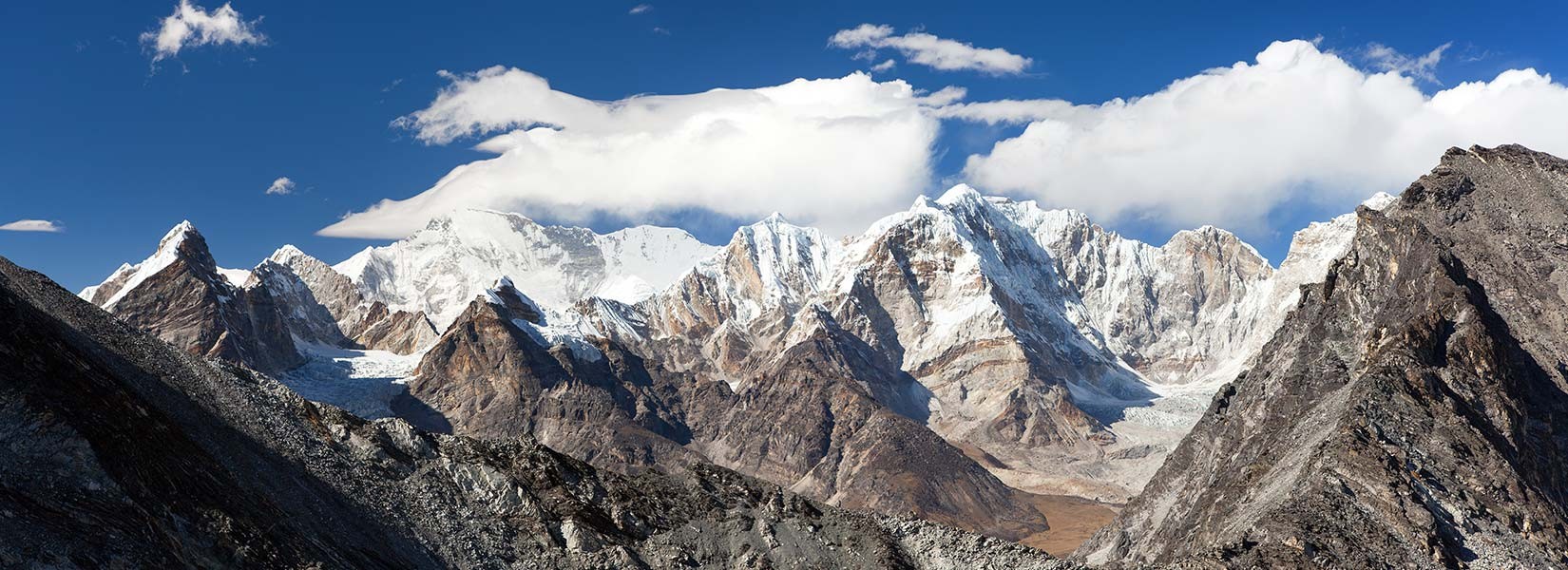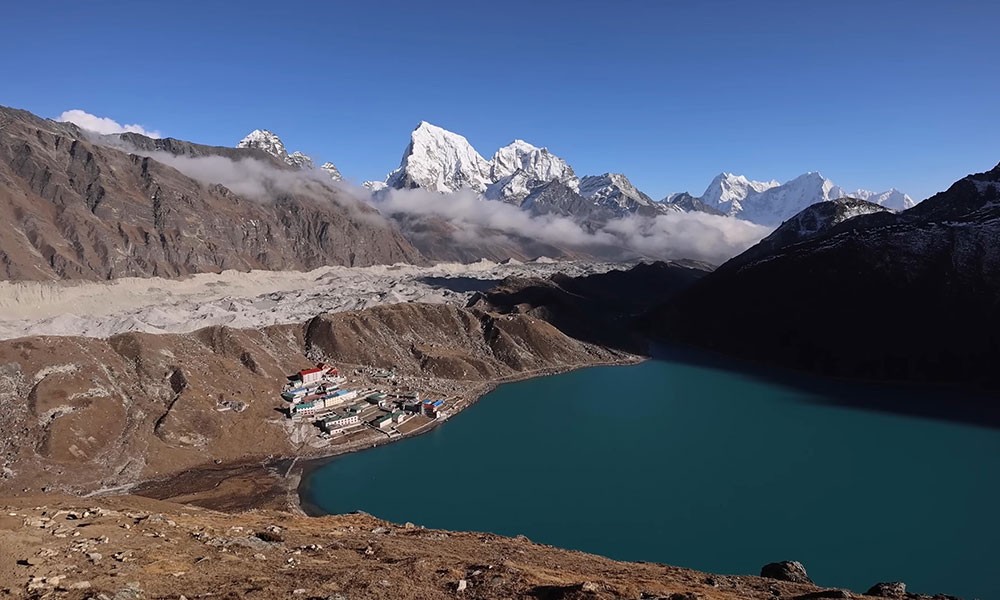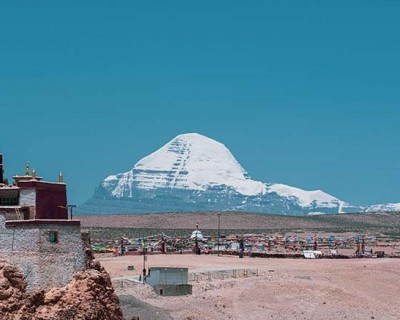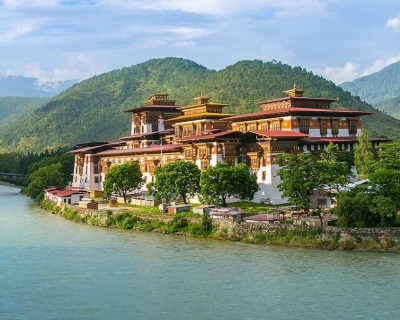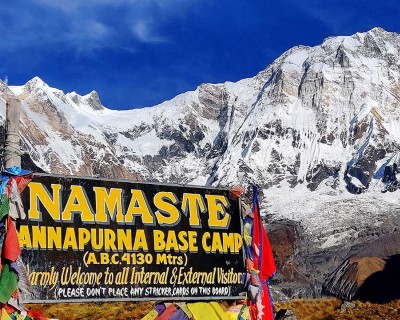Everest Three Passes Trek Map- Outline Itinerary Route
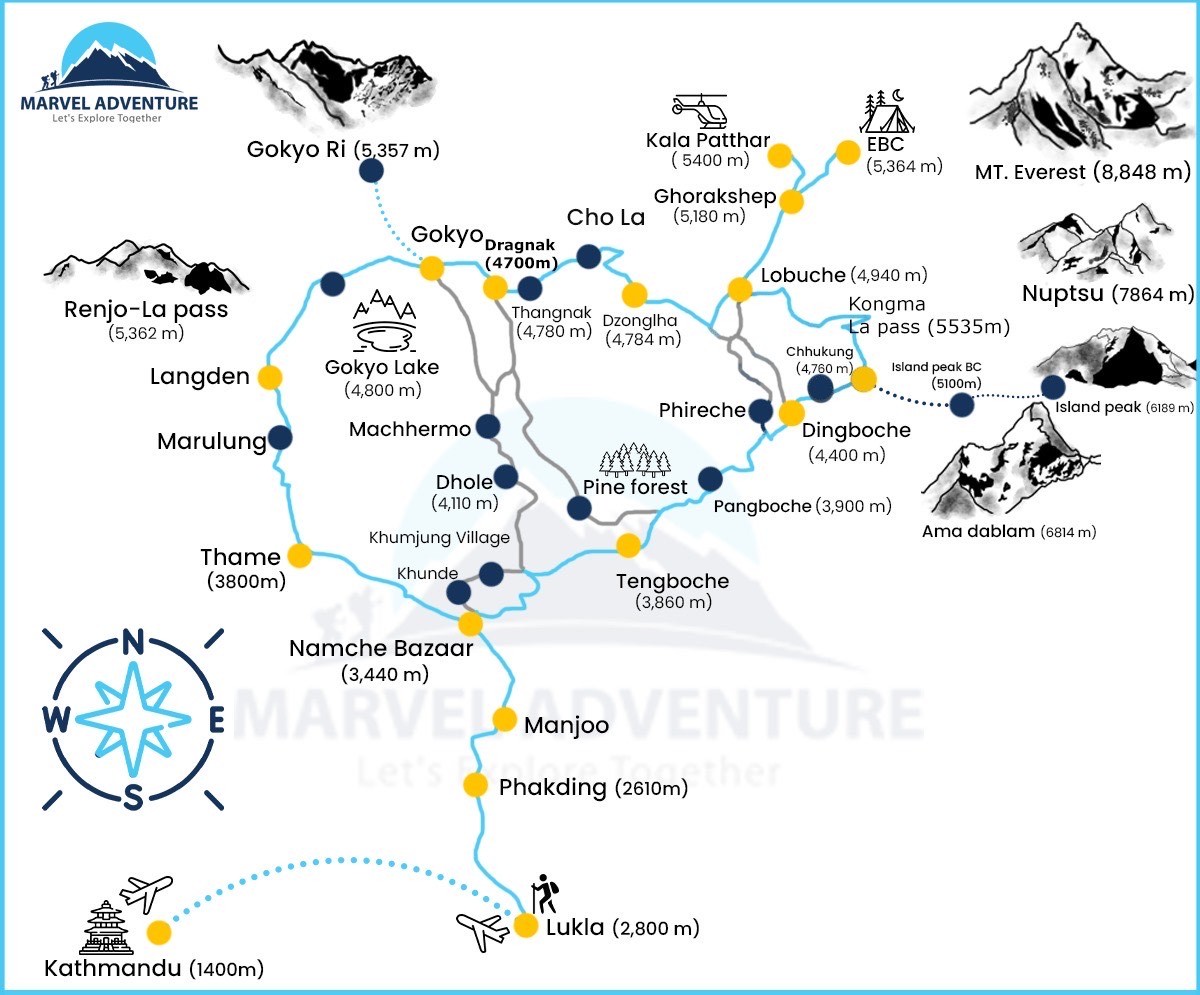
If you are curious about the Everest Three Passes Trek map and how it moves along the mainstream region, here is an outline itinerary for this trek. This is the general route that explores the thress prominent passes of the Everest region and other nearby highlights as well. While surfing on the internet about the packages, you may find little difference depending on which passes the route map moves across. However, the standard route is pretty much similar and follows the same pattern.
How to Prepare for Three Passes Trek?
For the challenging adventure of the Everest Three Passes Trek, you need to have good physical and mental preparation. Physical preparation involves proper physical fitness with considerable strength, stamina, and endurance capability. To upgrade yourself physically, you can consider engaging in strength (squats, lunges, step-ups, planks, sit-ups, deadlifts, push-ups, etc.), flexibility (stretching, yoga), and cardiovascular (running, cycling, swimming, skipping, stair climbing, etc.) training several weeks before the start of the adventure. Additionally, practicing hiking with a loaded backpack will make you familiar with walking over rugged and complex mountainous trails with greater balance and stability.
Your mental preparation comes from within. Given the potential challenges of the journey, you need to build up mental readiness before the journey and resilience while on the adventure. This will allow you to calmly continue on the trek, dealing with and passing through the potential hurdles.
Besides physical and mental preparedness, there are several other factors that you need to think deeply about to make the Everest Three Passes Trek easy. As there is a high risk of being affected by altitude sickness during the journey, which involves several significant altitude points in the high mountain, you need to be aware of the symptoms and knowledgeable about its preventive measures. You can also consider going on the acclimatization hikes to the nearby hills to practice adjusting to the low oxygen levels of the thin, high-altitude air.
Being well-equipped with a wilderness First Aid Kit will help you stay safe throughout the trek with immediate access to medical treatment. Purchasing a comprehensive travel insurance policy with coverage of quick helicopter evacuation to the hospital will help you come out of the emergency situations during the journey. For chilly alpine temperatures and unpredictable weather conditions, you should prepare well by packing layers of clothes and keeping weather updates to make informed trek decisions. You also need to be prepared with additional days to cover the journey in cases of delays due to various reasons. Being self-sufficient with required trek essentials will upgrade your overall well-being during the remote mountain adventure of Everest Three Passes Trek. Additionally, hiring a guide and porter will make your trekking jotuney easier, safer, smoother, informative, immersive, and enriching.
What Can You Expect During Everest Three Passes Trek?
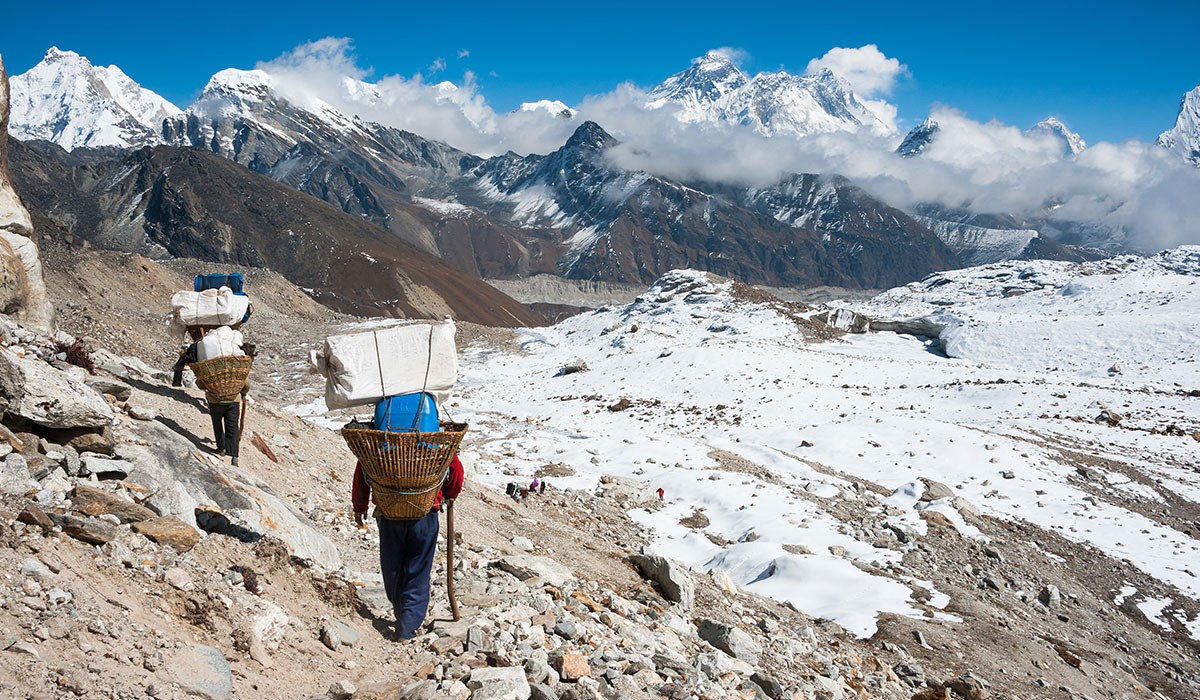
The Everest region is the most popular and number one trekking destination in Nepal. This eastern Himalayan region, which is home to the tallest mountain peak in the world and other prominent peaks, is also the number one trekking and mountaineering destination for adventurers across the world. Everest Three Passes Trek, which is considered a more thrilling and extensive journey in the region, offers an unparalleled experience among other trekking adventures in this mainstream destination.
After landing at Lukla, your Everest Three Passes Trek map will follow the route toward Phakding, and then you will push for the most popular Sherpa town in the region, Namche Bazaar. After enjoying an acclimatization day at Namche, you will then continue along the mainstream route toward Tengboche and Dingboche. After that, you will traverse the remote parts of the region to reach Chhukung and cross Kongma La Pass to arrive at Lobuche. Then, trekking past the Gorakshep, you will take your time to explore the major highlight of the region, Everest Base Camp. On the next day, you will then hike to the most popular vantage point of the Khumbu region, Kalapatthar, and make your descent toward Dzongla.
Then, taking on the next pass, Cho La Pass, you will head toward Dragnak. For the next part, you will also take your time with an exploration of Gokyo Lakes, which is another main highlight of the region, and also hike to Gokyo Ri. After that, the route to the final pass awaits your arrival; from Gokyo, you will cross Renjo La Pass to reach Lungden. This will mark the completion of all three passes exploration, and you will trek down across Thame Village and Namche Bazaar to reach Lukla for the flight back to Kathmandu.
Everest Three Passes Trek Map- Daily Activity and Detailed Itinerary Route
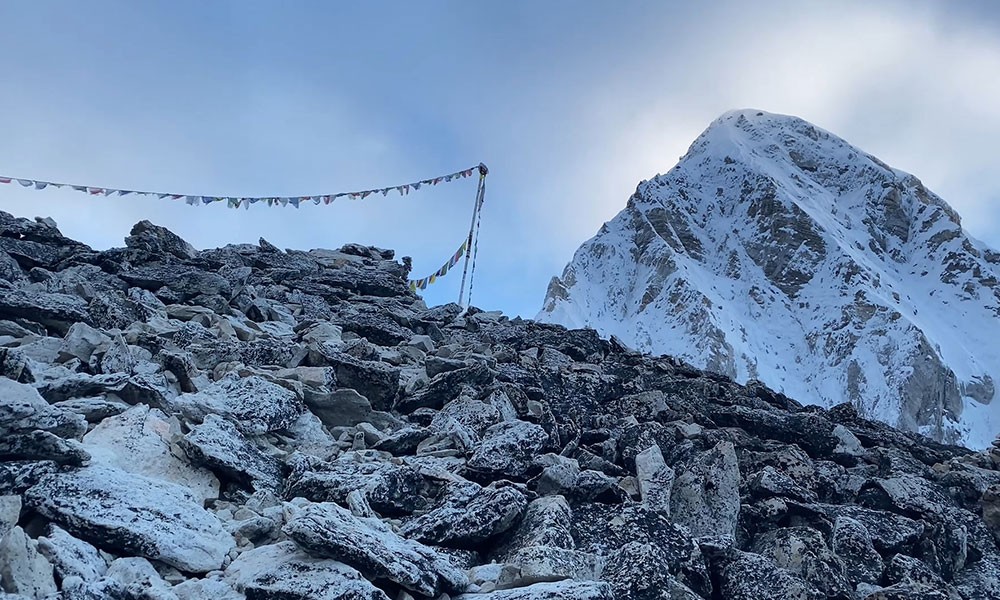
For a detailed understanding of what route the Everest Three Passes Trek map follows, here are the detailed day-to-day activity andeverest high passes trek itinerary details of the Marvel Adventure’s 17 Days Everest Three High Passes Trek.
Flight from Kathmandu to Lukla and then trekking to Phakding
Kathmandu Altitude: (1,400 m/ 4,593 ft)
Lukla Altitude: (2,810 m/ 9,219 ft)
Phakding Altitude: (2,610 m/ 8,562 ft)
Altitude Gain: 1,410 m/ 4,625 ft
Duration: 35 min (flight) and 3-4 hrs (trek)
Trek Distance: 8 km/ 4.9 miles
Your adventure in the Everest region starts with a short and exciting flight from the capital valley to Tenzing Hillary Airport, Lukla. After taking a short break at Lukla, you will then continue with the trekking part to Phakding across Cheplung Village, following the bank of the river.
Trek from Phakding to Namche Bazaar
Namche Bazaar Altitude: (3445m/11,302 ft)
Duration: 5-6 hrs trek
Altitude Gain: 835 m/ 2,739 ft
Trek Distance: 11 km/ 6.8 miles
This is one of the most exciting sections of the trek in the Everest region. You will cross several suspension bridges over the Dudh Koshi and Bhote Koshi on this day and enter the Sagarmatha National Park from Monjo Village. Enjoying the first view of Everest and other beautiful peaks, you will head toward Namche.
Rest and exploration day at Namche
Namche is the most popular acclimatization destination. Your Everest Three Passes Trek map will also follow the acclimatization itinerary before heading further. You can participate in morning hikes for an effective acclimatization process. Everest View Hotel, Khumjung Monastery, Khunde Village, Hillary School, Sherpa Culture Museum, etc, are major highlights that you can check out on this day.
Trek from Namche to Tengboche
Tengboche Altitude: (3,860 m/ 12,664 ft)
Duration: : 5-6 hrs trek
Altitude Gain: 415 m/ 1,361 ft
Trek Distance: 10 km/ 6.21 miles
Following the exciting trail up ahead and enjoying the clear views of the mountains, you will first head toward Kayangjuma Village. The trail further ahead then takes you across Sansa Village to Phunki Thenga, and you will move along the ascending route across the pine forest to reach Tengboche.
Tengboche to Dingboche
Dingboche Altitude: (4,390 m/ 14,402 ft)
Duration: 5-6 hrs trek
Altitude Gain: 530 m/ 1,738 ft
Trek Distance: 9 km/ 5.59 miles
From Tengboche, you will continue following the ascending route to reach Pangboche Village. Trekking past chortens, mani walls, and small settlements, you will trek to Pheriche Village and enter the Imja Valley before climbing the steep segment to reach Dingboche.
Trek to Chukkung
Chukkung Altitude: (4,730 m/ 15,518 ft)
Duration: 3-4 hrs trek
Altitude Gain: 340 m/ 1,115 ft
Trek Distance: 5.3 km/ 3.1 miles
This day’s trek will lead you toward another popular destination in the Everest region, mainly known for Island Peak Climbing. Crossing the serene pastures and mostly relatively leveled trail, you will then head toward the moraines of the glacier. After reaching Chukkung, you can also hike to Chukkung Ri (5,546 m), which rewards you with panoramic views of surrounding peaks.
Chukkung to Lobuche across Kongma La Pass
Lobuche Altitude: (4,925 m/ 16,158 ft)
Kongma La Pass Altitude: (5,535 m/ 18,159 ft)
Duration: 5-6 hrs trek
Altitude Gain: 805 m/ 2,461 ft
Trek Distance: 10 km/ 6.2 miles
Your trekking route on this day will take you across the first Himalayan pass of the Everest Three Passes Trek map. You will trek on the icy and rock-strewn path beneath the Kongma Peak to climb over the pass. Then, you will descend on the steep trail to the base of Khumbu Glacier to reach Lobuche.
Trekking Everest Base Camp through Gorakshep
Everest Base Camp Altitude: (5,364 m/ 17,598 ft)
Gorakshep Altitude: (5,180 m/ 16,994 ft)
Duration: : 6-7 hrs trek
Altitude Gain: 439 m/ 1,440 ft
Trek Distance: 13 km/ 8.07 miles
From Lobuche, you will first head toward Gorakshep and continue toward the base of the tallest peak in the world. After taking your time with the exploration, you will then return back to Gorakshep to stay for the night.
Morning hike to Kalapatthar and trek to Dzongla
Kalapatthar Altitude: (5,644 m/ 18,517 ft)
Dzongla Altitude: (4,830 m/ 15,846 ft)
Duration: 6-7 hrs trek
Altitude Gain: 464 m/ 1,522 ft
Trek Distance: 11 km/ 6.8 miles
On this day, you will hike to Kalapatthar, the popular viewpoint near the mountains, which offers clear and stunning views of the mountains, glaciers, and valleys. After morning hike, you will make your return to Gorakshep and enjoy your breakfast before heading toward Dzongla.
Trek from Dzongla to Dragnak via Cho La Pass
Cho La Pass Altitude: (5,420 m/ 17,782 ft)
Dragnak Altitude: (4,700 m/ 15,419 ft)
Duration: 7-8 hrs trek
Altitude Gain: 590 m/ 1,935 ft
Trek Distance: 9.38 km/ 5.8 miles
This day’s trekking route takes you across another major Himalayan pass. Following the trail on the western side, you will climb over the Cho La Pass, from where the views of Cho La Lake, Ama Dablam, and other peas are spectacular. You will then descend down the rocky and icy trail to reach Dragnak.
Drganak to Gokyo trek
Gokyo Altitude: (4,790 m/ 15,715 ft)
Altitude Gain: 90 m/ 295 ft
Trek Distance: 8 km/ 5 miles
Duration: 4-5 hrs trek
Before taking on another pass, this day’s trek will take you to the highest freshwater lake system in the world. After crossing the first lake of the system, Longpanga Tsho, you will then continue trekking along the Ngozumpa Glacier moraine to cross the second lake and reach Gokyo Lake.
Hike to Gokyo Ri and exploration day at Gokyo
Gokyo Ri Altitude: (5,357 m/ 17,575 ft)
Altitude Gain: 567 m/ 1,860 ft
Trek Distance: 1.5 km/ 1 miles
This is another acclimatization day in your three-passes trekking. You will do a morning hike to enjoy the panoramic views of the eastern Himalayan peak and the valleys. During the day, you can just stroll around the lakes, checking out local culture and lifestyle.
Trekking from Gokyo to Lungden via Renjo La Pass
Lungden Altitude : (4,370 m/ 14,337 ft)
Renjo La Pass Altitude: (5,360 m/ 17,585 ft)
Duration: : 6-7 hrs trek
Altitude Gain: 570 m/ 1,870 ft
Trek Distance: 11 km/ 6.8 miles
This is the final one of the passes in your Everest Three Passes Trek. From Gokyo, you will follow the trail alongside the lakes and descend toward the trail of the pass. After climbing to the top, you can enjoy the mesmerizing views of Everest, Cholatse, Cho Oyu, Taboche, and other peaks. The descending trail follows the stone staircase and moves alongside the loose scree to reach the southern bank of Angladumba Tsho Lake and you will continue trekking downhill across giant boulders to reach Lungden.
Lungden to Thame Village
Thame Village Altitude: (3,820 m/ 12,532 ft)
Duration: 5-6 hrs trek
Altitude Loss: 550 m/ 1,804 ft
Trek Distance: 10.5 km/ 6.5 miles
After completing the incredible three-pass journey, your trail from Lungden will first stretch toward the Marlung Village across Nangpa La Pass. You will then continue trekking toward the Thame Village, moving past pine and rhododendron forests.
Trek back to Namche from Thame
Namche Altitude: (3,445 m/ 11,302 ft)
Duration: 6-7 hrs trek
Altitude Loss: 375 m/ 1,230 ft
Trek Distance: 8.5 km/ 5.2 miles
Your trekking route will continue descending across the lush landscape and you will also pass the popular Sherpa settlement Khumjung Village to make you descend to Namche. This day will make you feel like you have finally entered a modern town after a long Himalayan journey.
Namche to Lukla
Lukla Altitude: (2,810 m/ 9,219 ft)
Duration: 6-7 hrs
Altitude Loss: 635 m/ 2,083 ft
Trek Distance: 13.5 km/ 8.3 miles
From Namche, your trek will continue alongside the banks of Dudh Koshi and Bhote Koshi. You will trek pass the beautiful villages of Monjo and Phakding before ascending across Chiplung Village to reach Lukla.
Flight back to Kathmandu (1,400 m/ 4,593 ft) from Lukla
Kathmandu Altitude: (1,400 m/ 4,593 ft)
Altitude Loss: 1,410 m/ 4,625 ft
Saying bye to the majestic Himalayas, you will take your flight back to Kathmandu on this day. As the flight will be scheduled in the morning, you will be able to enjoy the clear mountain views. After arriving in Kathmandu, you will also have enough time to rest and explore the capital city.
Who Can Do the Everest Three Passes Trek?
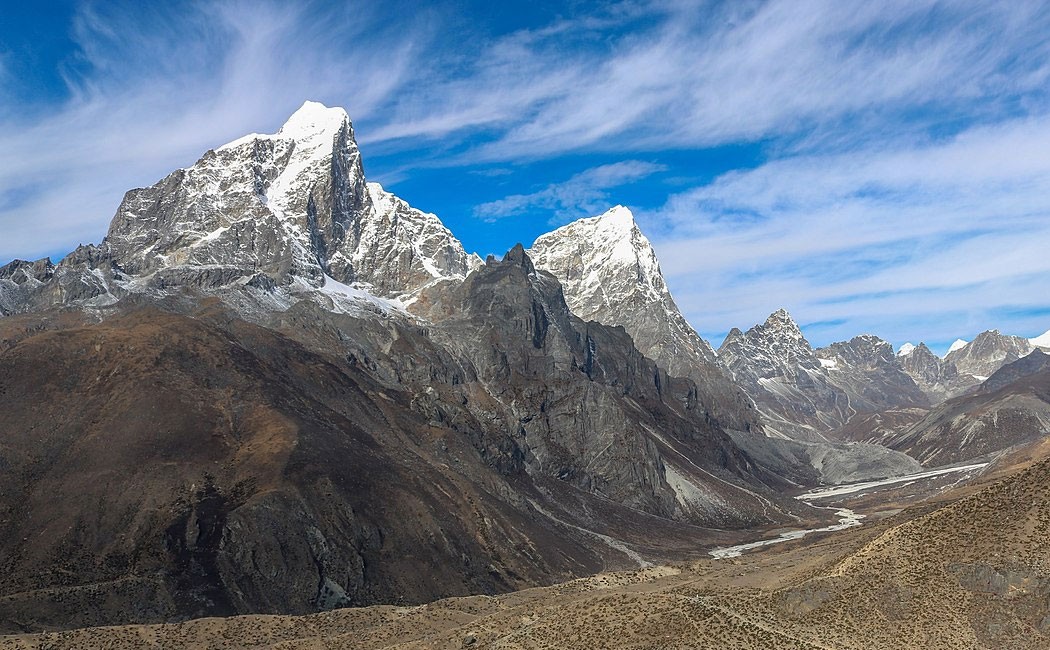
Yes, this three-pass trekking is one of the most exciting trekking prospects in the eastern Himalayas, and the Everest Three Passes Trek map is one of the most sought-after route plans on the internet. However, before taking up the challenge, it is also important to understand who is suited to follow this iconic trekking map. Well, the Everest Three Passes Trek has been labeled as a moderate to challenging adventure. The difficulty level mostly depends on the fitness and experience of the trekkers. As you will have to traverse across significant altitudes, all of these three passes are over the altitude of 5,300 m (17,388 ft); it is certainly not an easy-scale endeavor.
On top of that, this three-pass trek is a long-distance trek, and it takes 17 days to complete. The total trekking distance of this trek has been estimated to be around 166 km (103 miles), which is a long and physically demanding journey. That’s the reason why this trek is only recommended to adventurers with some prior experience in high-altitude trekking. More than the physically demanding part, the long journey, which also navigates the remote part of the Himalayas, can be a bit challenging for inexperienced trekkers. However, if you have a good health condition, the required level of fitness, and feel motivated for the trip, there isn’t anything to stop you from doing this high-altitude and long-haul Himalayan trip. There aren’t any kind of official requirements of experience for the trek nor any age restrictions, so it's pretty much upto you.
What Makes This Trek Special?
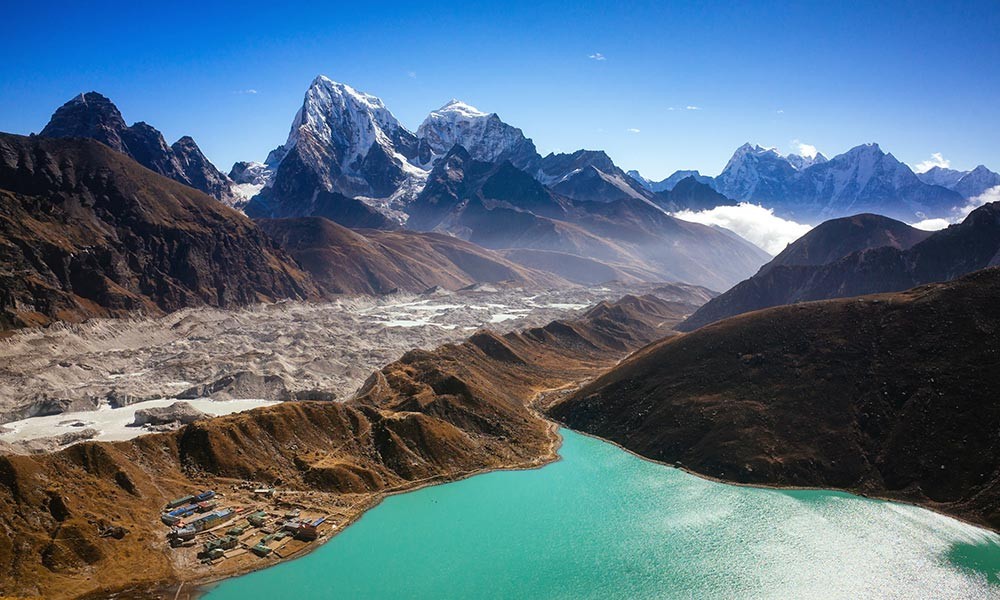
As we already discussed, the Everest region is the most renowned trekking destination in Nepal. The several varieties of exploration aspects that are suitable for beginner to expert trekkers make this region one of the truly cherished destinations for outdoor exploration. If you are looking for exciting treks in the region, you will come across several options, such as Everest Base Camp Trek, Gokyo Lake Trek, and Everest Panorama Trek. For those who are looking for a luxurious experience they can also enjoy trips like Everest Base Camp Trek with Helicopter Return and Luxury Everest Base Camp Trek. However, each one of these iconic experiences, in its own way, explores a particular portion of the region. But the extensive route that the Everest Three Passes Trek map follows, will take you across all the major highlights in the region.
So, the overall experience will be like taking your time to relish all the major highlights of this mainstream destination with a sign itinerary plan. Undoubtedly, the experience is also quite different and immersive compared to other regular explorations. You will get a chance to explore both mainstream and off-beaten routes, which also ensure an authentic experience across the high-altitude remote settlements. On top of that, the wide vistas of the Himalayan peaks on the backdrop of this all-round route will add magic to your everyday trek.
Gain Insights On:
Best Time for Everest Three Passes Trek
The trekking adventures in Nepal can be done throughout the year. However, the period you choose for your trip will determine the overall experience and the weather-related challenging aspects you may have to face. Generally, the spring (March to May) and autumn (September to November) seasons are considered the top/peak seasons for trekking adventures. You will also find it much easier to follow the comfortable Everest Three Passes Trek map during these stable seasons. These seasons are also recommended for beginner trekkers as they can easily move across the trails without any kind of major complications.
Spring season promises a natural paradise, where the landscape is covered with greenery and colorful flowers. The stunning visuals, clear views, warm temperatures, wildlife and birdlife exploration, etc prospects will make your journey a truly wonderful experience. Similarly, autumn is also another beloved season to take part in this journey. Autumn is favored by clear vistas, dry trails, fresh and cool climates, fall landscapes, and immense cultural experience.
Tips for Using Maps and Navigation Tools
To understand and use the Everest Three Passes Trek Map, you can follow these tips:
- Study the map thoroughly before starting the trek
- Be familiar with the symbols, key landmarks along the route, and elevation markings
- Don’t completely rely on digital maps; carry a physical waterproof map as well
- Bring a GPS device and compass to keep track of your position
- For the region with no proper network coverage, bring offline maps
- Stay updated and communicate with the locals to understand the trail conditions
- Be aware of the map scale to estimate the distance and travel time accurately


